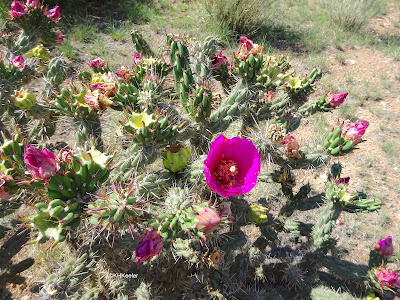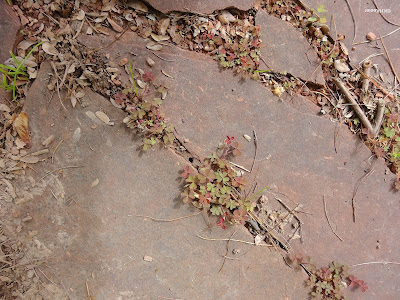I like plants. I have a yard and garden. This week, weeding, I contemplated weeds. What exactly are they?
"Weed" is a wonderful concept. It is totally human; a weed is a plant that interferes with human activity, which can be reduced to "a plant in the wrong place." I checked the American Weed Science Society's website--they dedicate their careers to controlling weeds, so need a good working definition--and that website defines a weed as "a plant that causes economic losses or ecological damage, creates health problems for humans or animals, or is undesirable where it is growing."



